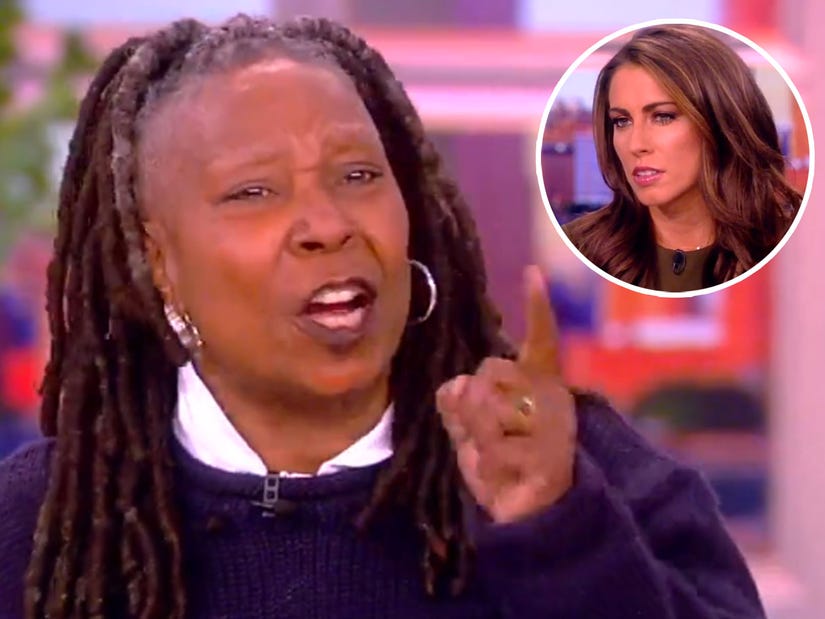Love it or loathe it, The View has become the most unpredictably combustible hour on American television — a live talk show that often delivers the kind of unscripted intensity more commonly associated with reality TV finales than weekday panel discussion. From emotional breakdowns and live walk-offs to surprise confessions, ideological cage matches and unlikely on-air alliances, the program has managed to hold the nation’s attention for more than two decades.

Viewers across political lines disagree on the panel’s opinions — but they agree on one thing: you can’t look away.
For years, critics insisted the show’s staying power came from controversy alone. But insiders and longtime producers say the real engine behind its longevity lies somewhere deeper: The View is not formatted as a polished consensus — it is engineered conflict in real time, held together by the one element scripted TV cannot fake: risk.
Unlike taped segments or edited prime-time debates, The View leaves no room to clean up fallout. When hosts clash, cry, confess, or break rank, the moment goes to air live — unrepaired, unsoftened, and instantly viral. That volatility creates the very currency modern television survives on: stakes.

Media analysts point to three structural choices that keep the program culturally dominant:
-
Live unpredictability — no safety net, no edits
-
Clashing worldviews on one shared table — not one siloed echo chamber
-
Personal vulnerability — hosts speak from biography, not just briefing notes
That recipe, they argue, gives The View what no competitor replicates: not just opinions, but emotional jeopardy, the sense that something unrehearsed could detonate at any second.

Whether you tune in to cheer, to argue, or to hate-watch, the effect is the same — the show becomes impossible to ignore.
And now that the architecture behind its staying power is finally being acknowledged in daylight, a new question is circulating among media executives:
If the secret to “unbeatable television” is risk — how far is daytime TV willing to go when the next round of ratings pressure hits?



